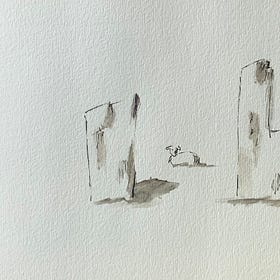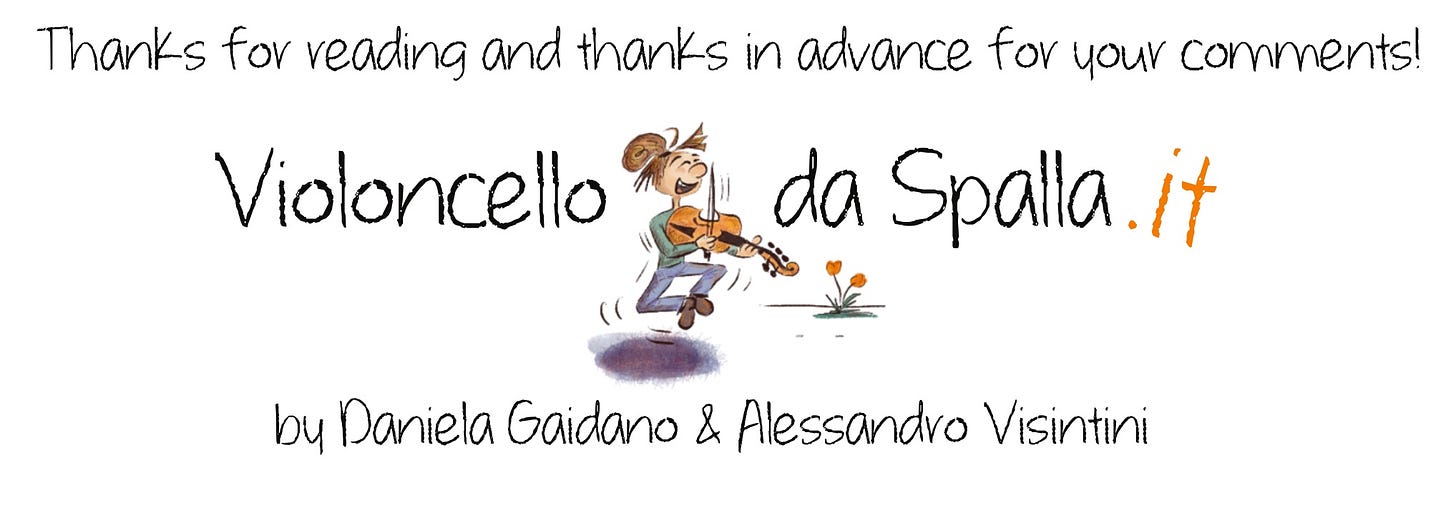We had such a great holiday that I completely forgot to send you our best wishes, a little report, and the short issue I prepared for the 20th, which was Easter. We simply went… on holiday and forgot all the rest!
We went to Edinburgh and then visited the Isle of Lewis and Harris. We ate a lot of fish and chips and Cullen skink. We drove through the Highlands, and on the last day, we also wandered around the Fife peninsula. We experienced (too briefly!) many different Scotlands! And we loved them all. We took the chance to meet Oreste De Tommaso, who has been a reader of this newsletter since its early days, and we enjoyed his music. But this will be for a future issue!
With my apologies for having completely jumped through almost one month, I am sending you a gallery of my sketches of the trip (some true pics are already in our notes feed).
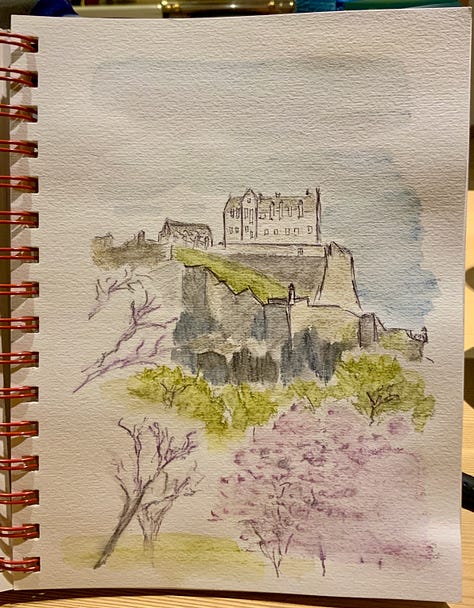
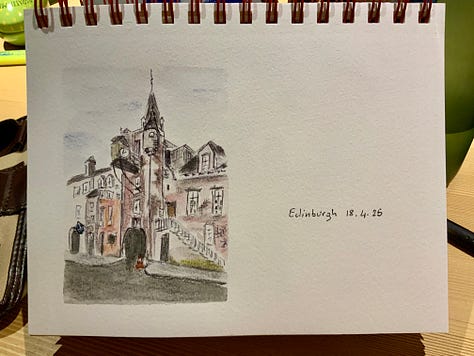
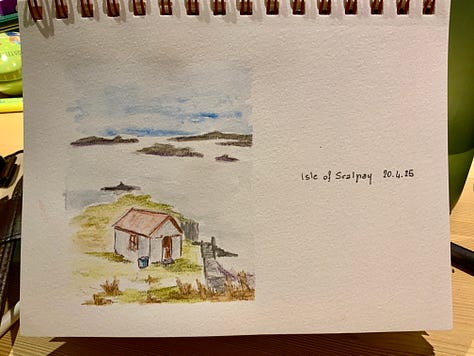


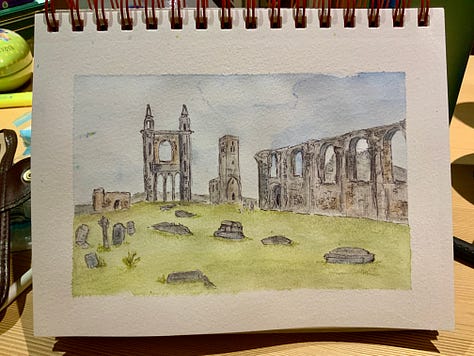
I practice sketching only on holiday, so I don’t improve fast… this time I tried for the first time Derwent Graphitint watercolor pencils. I love them, but I missed a bit the primary red and yellow! Next time I shall remind me to experiment with hatching and cross hatching, probably it could make everything more interesting.
In next issue, we’ll be back to making!
Two years ago we had our first Scottish trip, and that time I made a nice report, including my favorite recipe:
...and we drove up, to the Highlands!
We’re back, but we are still “recovering” from our holiday, so I don't have research or serious Violoncello da Spalla stuff for today’s newsletter. There’s quite a lot to tell about our holiday, thou…
Featured video of the week
Enjoy this beautiful sonata by Bononcini, played by Alberto Vitolo on a Violoncello da Spalla by Alessandro Visintini.
Alberto doesn’t follow the “hip” performance movement, but this doesn’t mean he’s not a scholar. He is, and a very serious one. He likes to play the baroque repertoire how they did in the first half of last century, offering us the legacy and rich tone production typical of the best Italian violin school of the 20th century. He thinks that this way, it’s closer to modern audiences and can, therefore, move their feelings more without requiring previous “information”.





